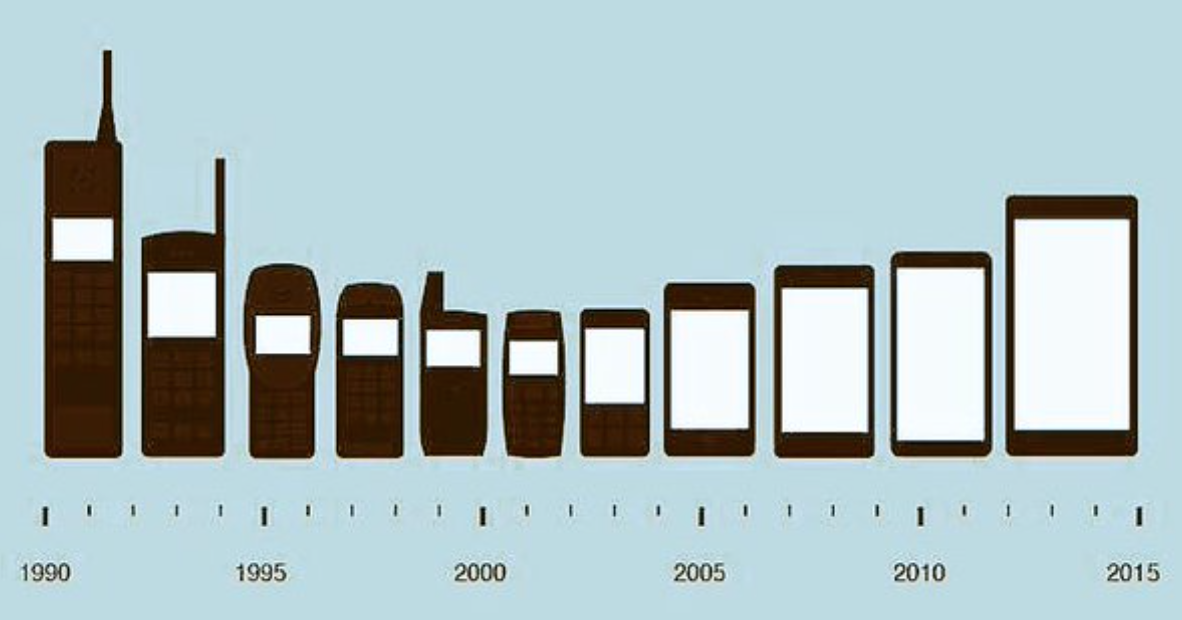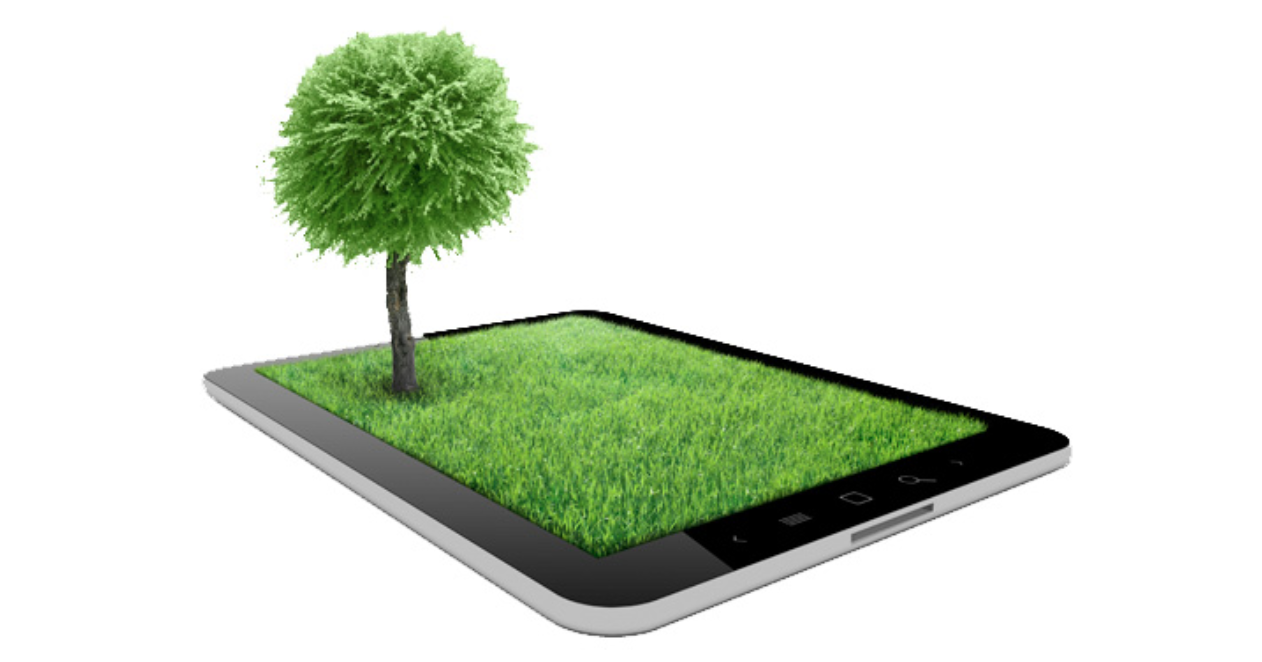
HCI Lecture 10 : The Shape of smartphones
Hi everyone!
In the 10th lecture of my Human-Computer Interaction (HCI) class, we delved into the topic of the evolution of smartphone shapes.
As you probably know, smartphones have undergone significant transformations in terms of their physical form, and these changes are driven by a multitude of factors. In this blog post, I’ll explore the reasons behind the ever-evolving shape of smartphones and speculate on what the future might hold for these ubiquitous devices.
The Shapeshifting Saga:
Smartphones, the indispensable companions of our daily lives, have come a long way since their inception. The evolution of smartphone shapes can be attributed to a myriad of interconnected factors, such as technology advancements, user preferences… Let’s take a closer look at the forces driving this continuous transformation:
- Technological Advancements:
One of the primary drivers of smartphone shape evolution is rapid technological progress. Over the years, there have been leaps in display technology, battery efficiency, camera capabilities, and processing power. These advancements have led to thinner and more compact designs, as well as larger screens with higher resolutions.
- User Preferences:
Smartphone manufacturers closely monitor user feedback and adapt their designs to meet changing preferences. For instance, the shift towards larger screens and thinner profiles is a response to user demand for more immersive multimedia experiences and easier portability.
- Competitive Market:
The smartphone market is fiercely competitive, with manufacturers vying for consumer attention. To stand out from the crowd, companies continually introduce novel design elements, from foldable screens to modular components. These innovations have shaped the evolution of smartphone forms.
What Lies Ahead?
- Environmental Concerns:
With growing awareness of environmental issues, I believe the future of smartphone shapes may be influenced by sustainable design. Manufacturers may prioritize eco-friendly materials and modular components that are easy to repair and recycle, leading to a more durable and potentially bulkier form.

Conclusion:
The evolution of smartphone shapes is an ongoing process, influenced by technological advancements, consumer preferences, and the competitive market. While it’s challenging to predict the precise form that future smartphones will take, we can be sure that innovation will continue to drive their design. The smartphone will remain a dynamic and integral part of our lives, adapting to the changing needs and desires of its users.